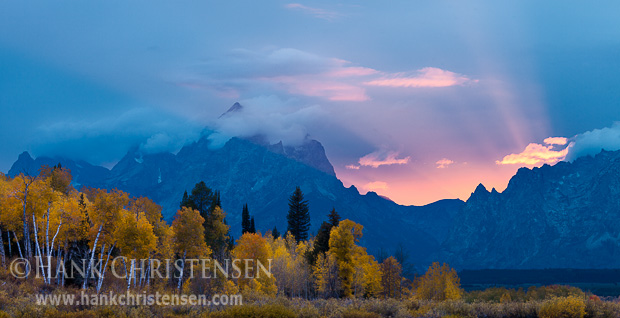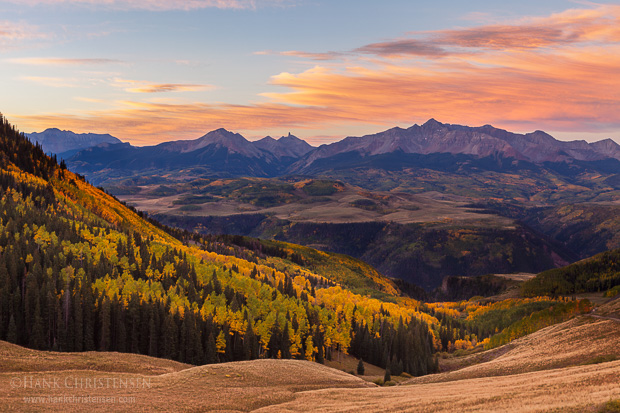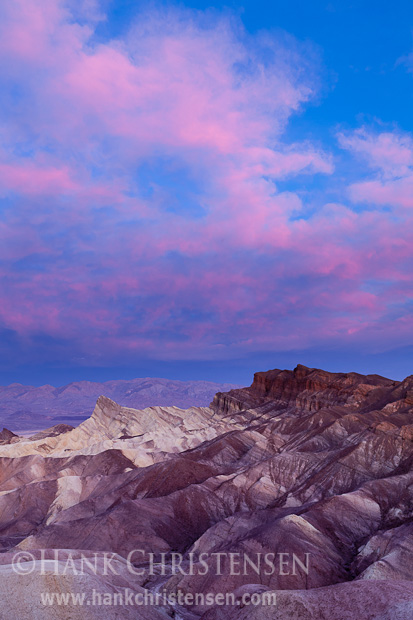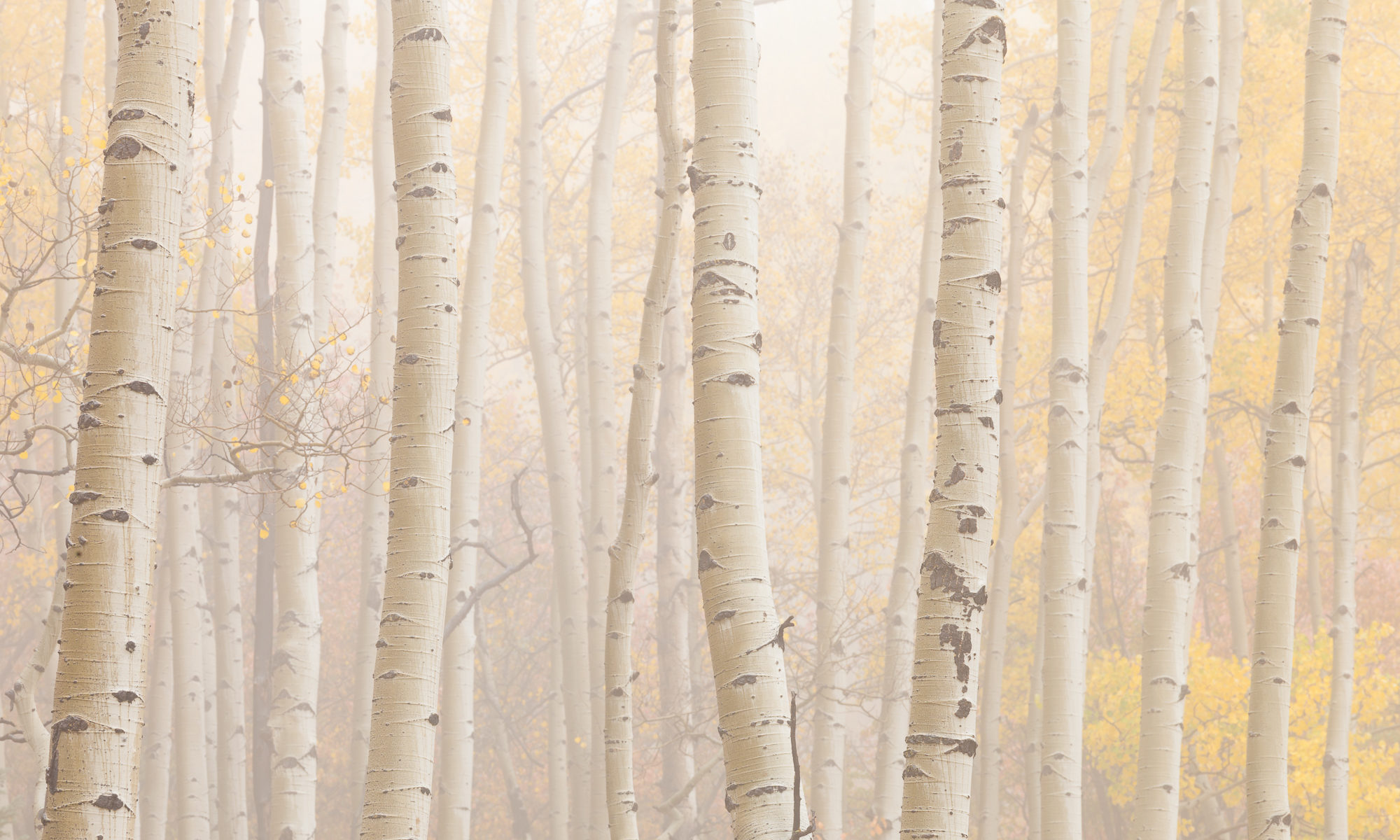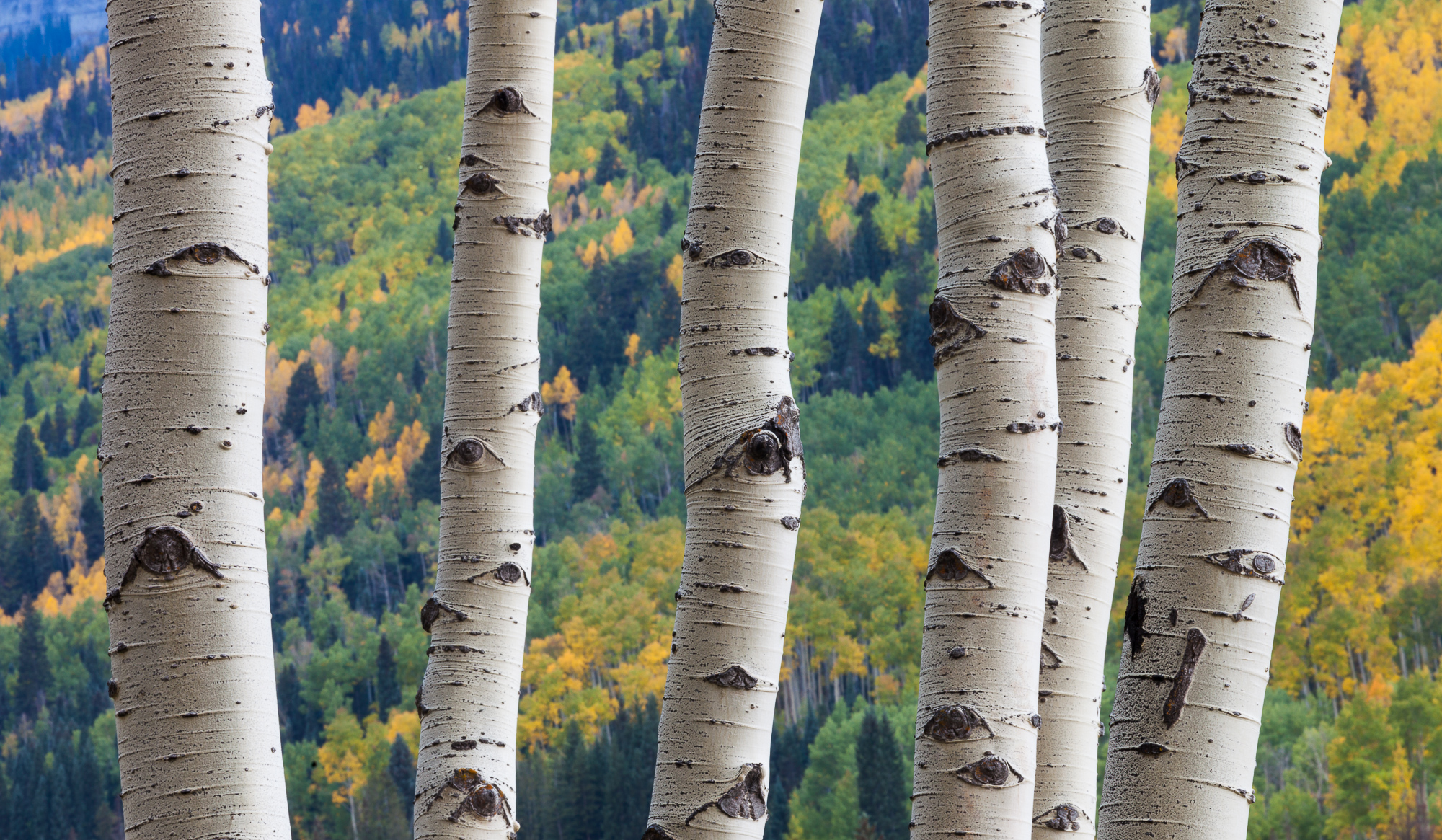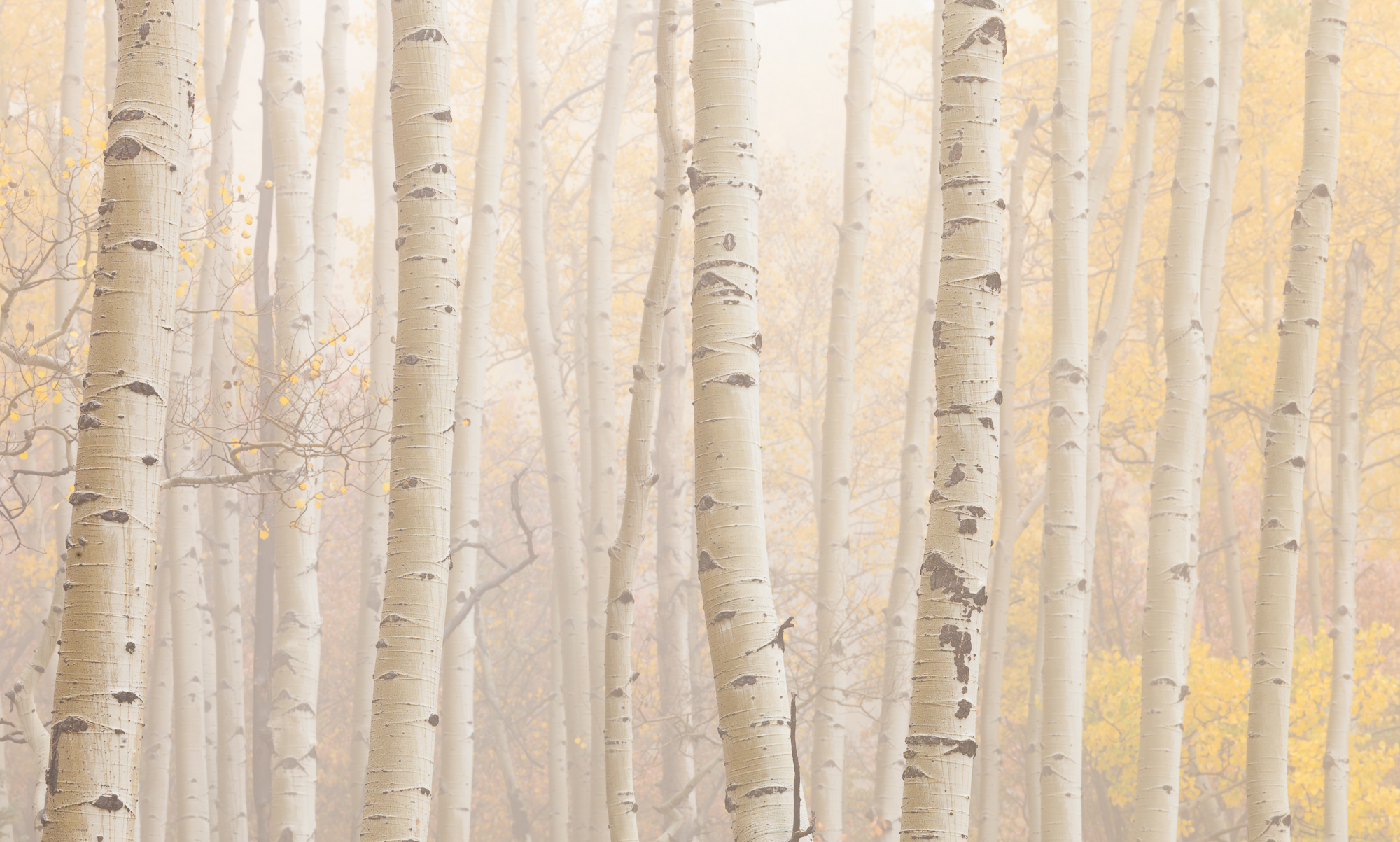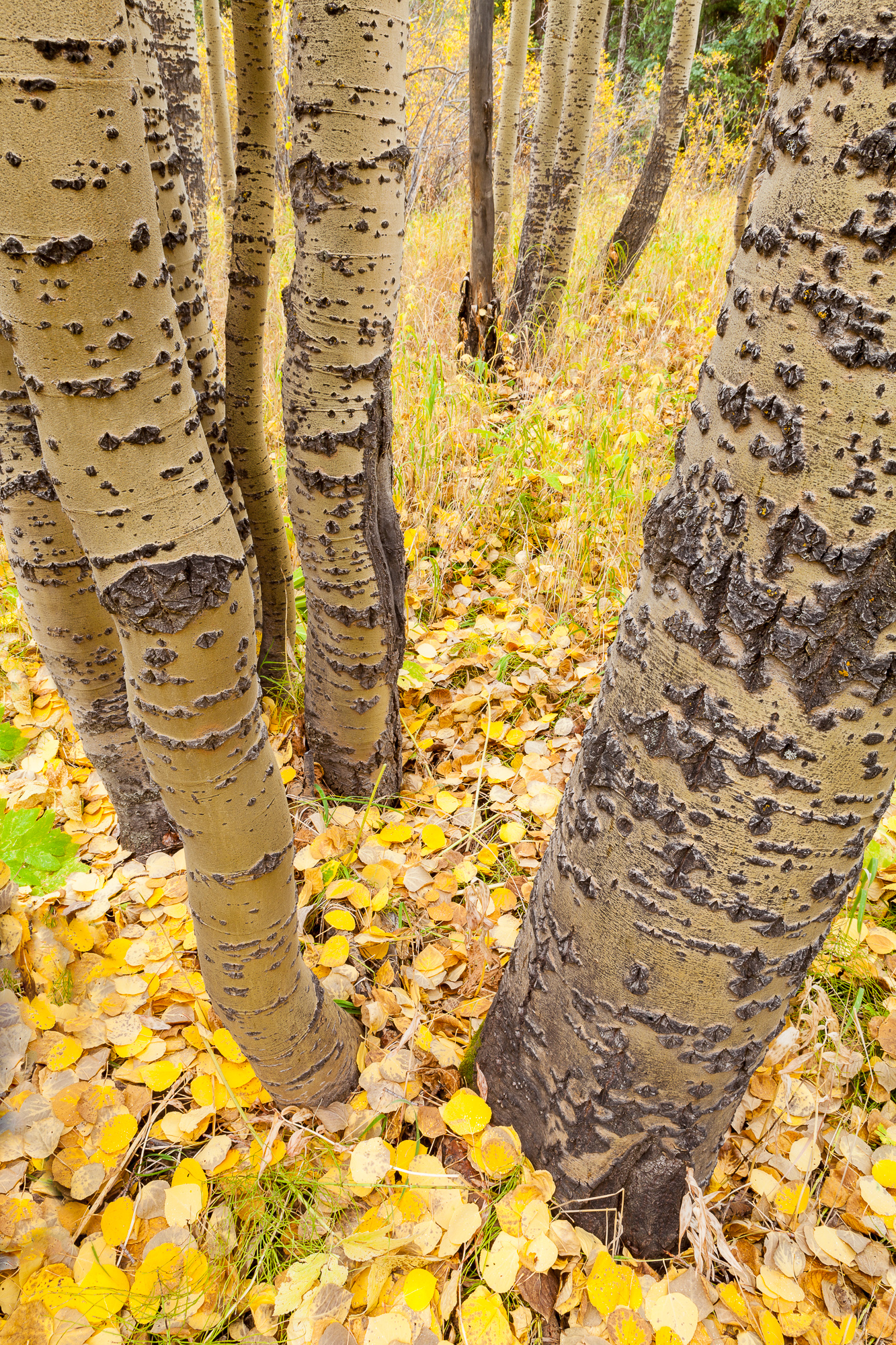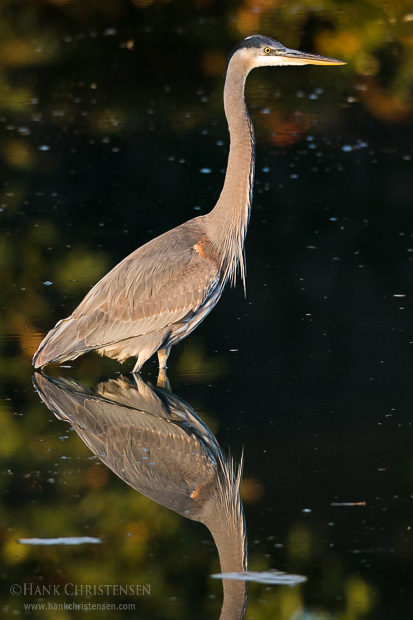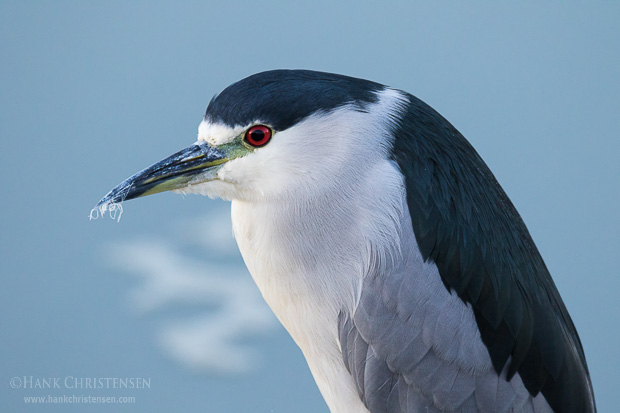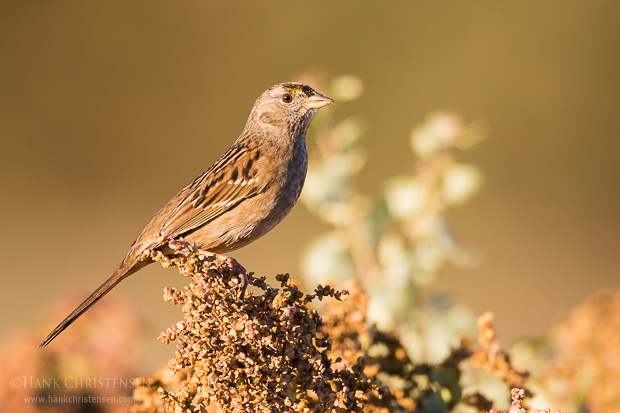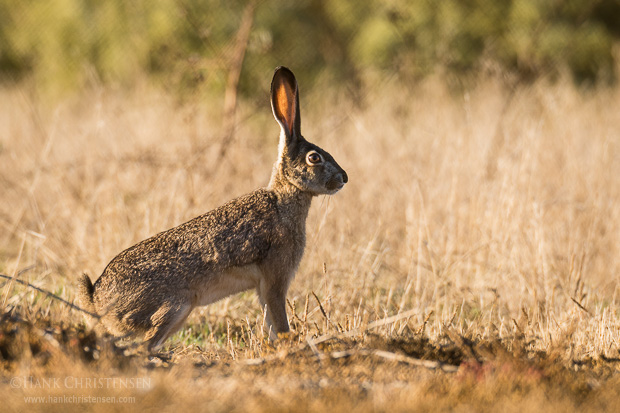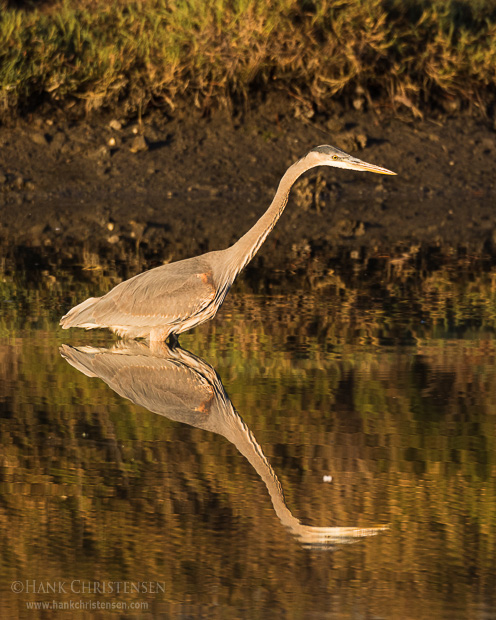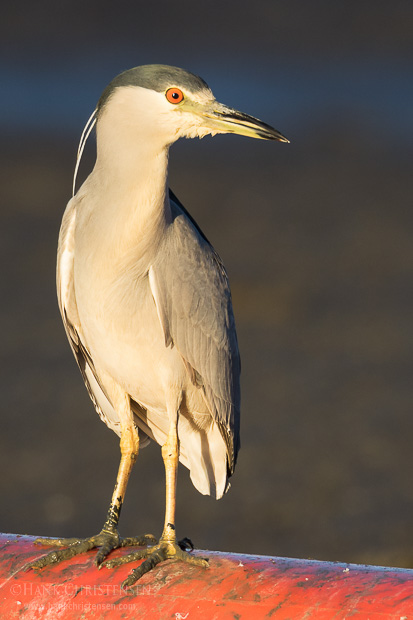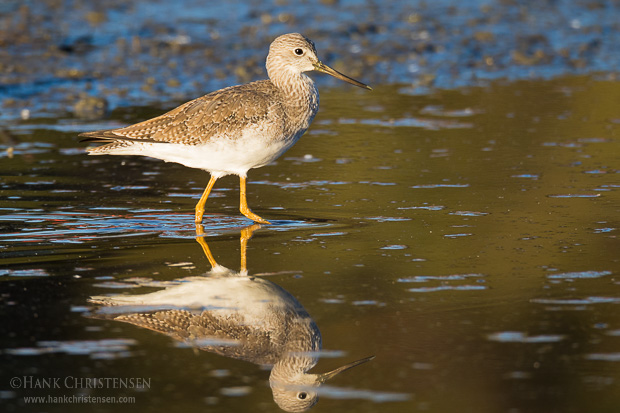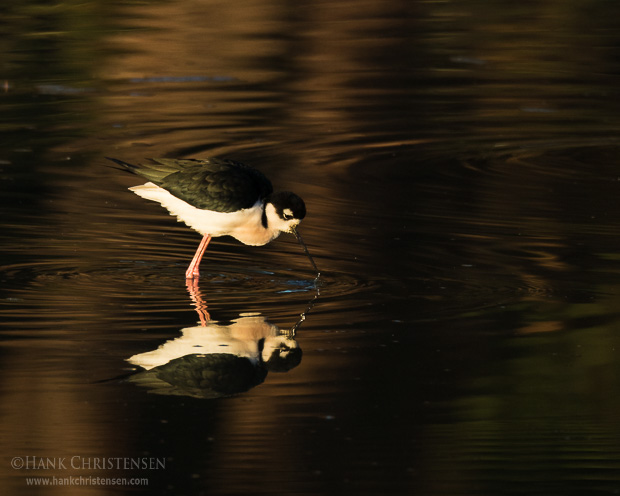Last week I went out in the evening to run my new 7D Mk II through its paces with bird photography (most likely my primary use for this camera). Since my mind was in test mode, I decided to stay out after sunset (much later than normal for bird photography) to see how the camera performed in low light situations. I left the camera in auto-ISO mode to let it decide how high it needed to go. About a half hour after sunset, I was packing it in and heading back to the car, when I saw this blacktail jackrabbit eating from a patch of grass.
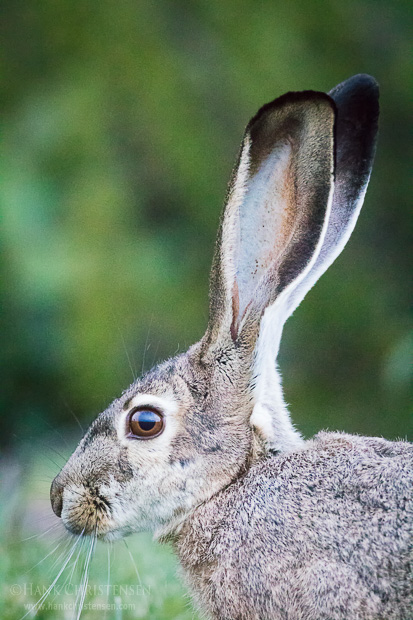
I was a bit skeptical that anything would turn out given how dark it was. Not even sure if the auto focus would be able to work well in the darkness, I splayed out my tripod legs and got very low to the ground. Auto-focus seemed to be tracking well, so I started firing off bursts of shots, not really paying attention to the ISO. I knew it was high, but I wanted to see how high the ISO could go and still produce a usable image. This was highly dependent on the noise produced at high ISOs, and the amount of reasonable noise reduction I could perform in post processing.
The image above was shot at ISO 25,600! While I realized this produced far too much noise for a large print, it seems to be perfectly usable for web-sized images. You can also see here that the auto-focus was extremely accurate, even in low light.
So how does this translate into changes in the way I photograph? Nothing, really – a shot with this much noise is more of a curiosity than any hard data with which to change my workflow. However, let’s look at another example at a more reasonable ISO.
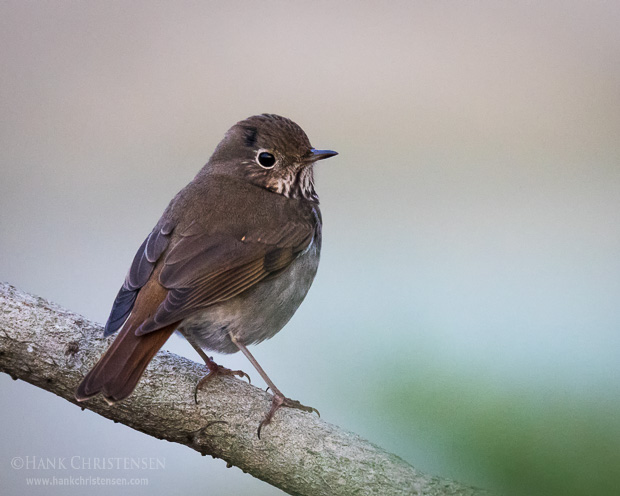
I photographed this hermit thrush a little earlier in the evening than the jackrabbit. It was around sunset, but the sun had already set over the coastal mountains, so the light was certainly waning. Because of the extra light, the camera chose a more “reasonable” ISO of 5000 for this shot. But still, ISO 5000 is very high!
With my previous camera, ISO 1600 was really pushing the boundary of acceptability, with only about 50% of those images being able to hold up to the noise level. After running noise reduction on this image however, it became clear that images shot as high as 5000 ISO would be usable for many circumstances. This probably still wouldn’t hold up for a 16 x 20 inch wall print, but would most likely do fine for editorial use.
Finally, in order to show how smooth the images really are at ISO 800, I’ve included a shot of an anna’s hummingbird, followed by the 100% crop of its head.
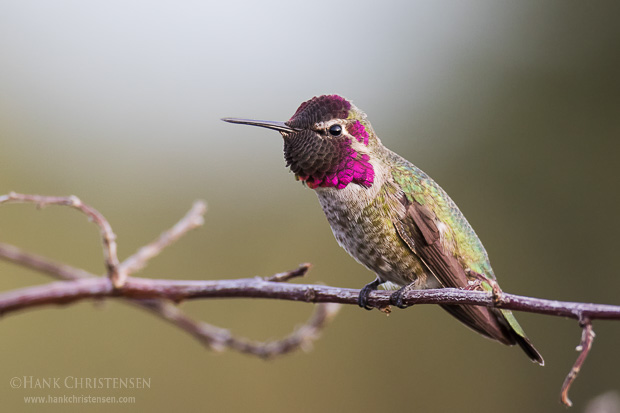
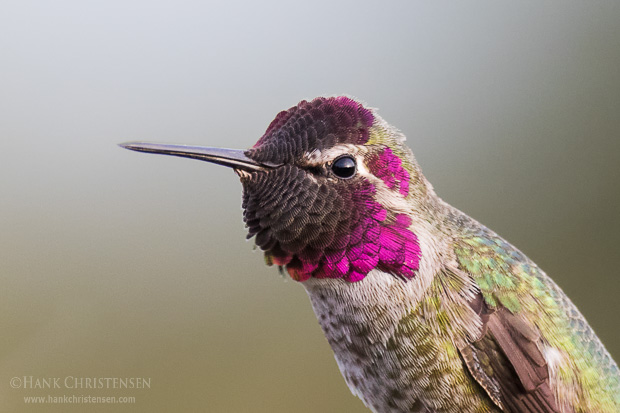
With previous cameras, I’ve always used ISO 400 as my standard starting point, moving up and down the range as light would allow. But with the 7D Mk II, I will likely start shooting at ISO 800 most of the time. I’ve run a slight amount of NR on the hummingbird shot, but the noise is so low that I’d rather have an extra stop of light to play with and get faster shutter speeds than feel the need to drop down to a lower ISO.

